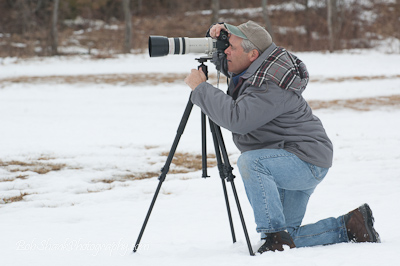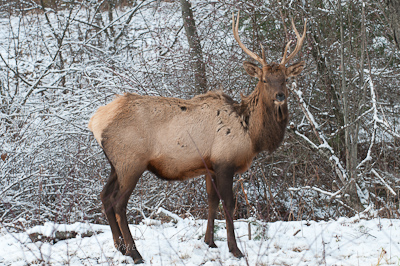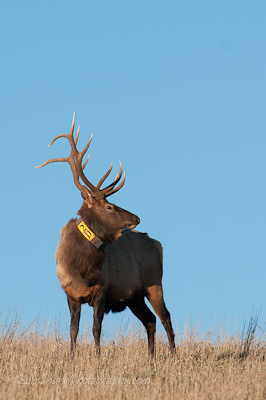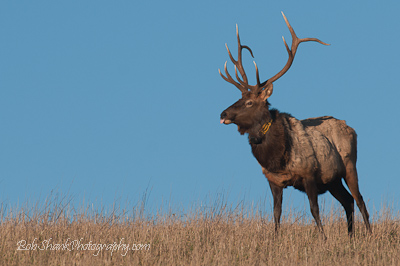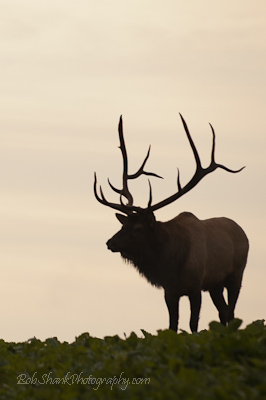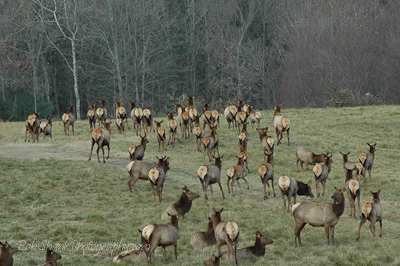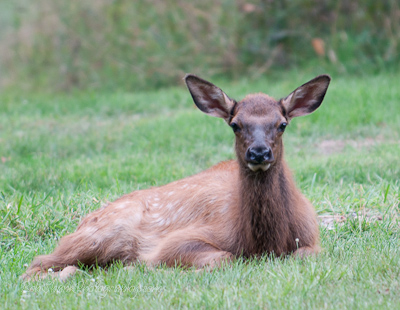Well, we are just about ready to say goodbye to 2010 and hello to 2011. Can you believe it?
Looking back over the past year, I have assembled some great photographic memories. Some are recorded for posterity in digital format, some of which you can see on my website. Other memories are etched in my mind and consists of terrific shots missed or great people I’ve met over the past year. 2010 has been a photographic blast for me!
In this end-of-season madness, I find myself doing some things that are important. I just upgraded my old wireless network router to a 300Mbps N Gigabit router. The main problem I was having on my network were IP address conflicts and slow speeds. I hope the new router will rectify these annoying problems. Upgrading equipment is important. I still have about 500 GB of empty space on my Drobo, so an additional hard drive is on the short order list. I am still working on the Photoshop CS5 learning curve, which is pretty steep and will take me some time but will be well worth the effort.
All photo print orders have been fulfilled and it was a good year for me. I continue to learn the ins and outs of the photo business, which is exhilarating for me. Sometimes I stumble and fall, but most people are patient and a complete pleasure to work with. I am learning to streamline the process and am now able to offer more product services than a year ago.
And, of course, I continue to take time behind the viewfinder–my most favorite place to be these days, especially outdoors on a wildlife or sports shoot. Moments spent with the camera are “precious and few” to quote an old song.
I am excited to discover what the New Year will reveal for me photographically. I am looking forward to new opportunities and new learning!
Yes, 2010 was a great year, but I believe 2011 is going to be even better!
